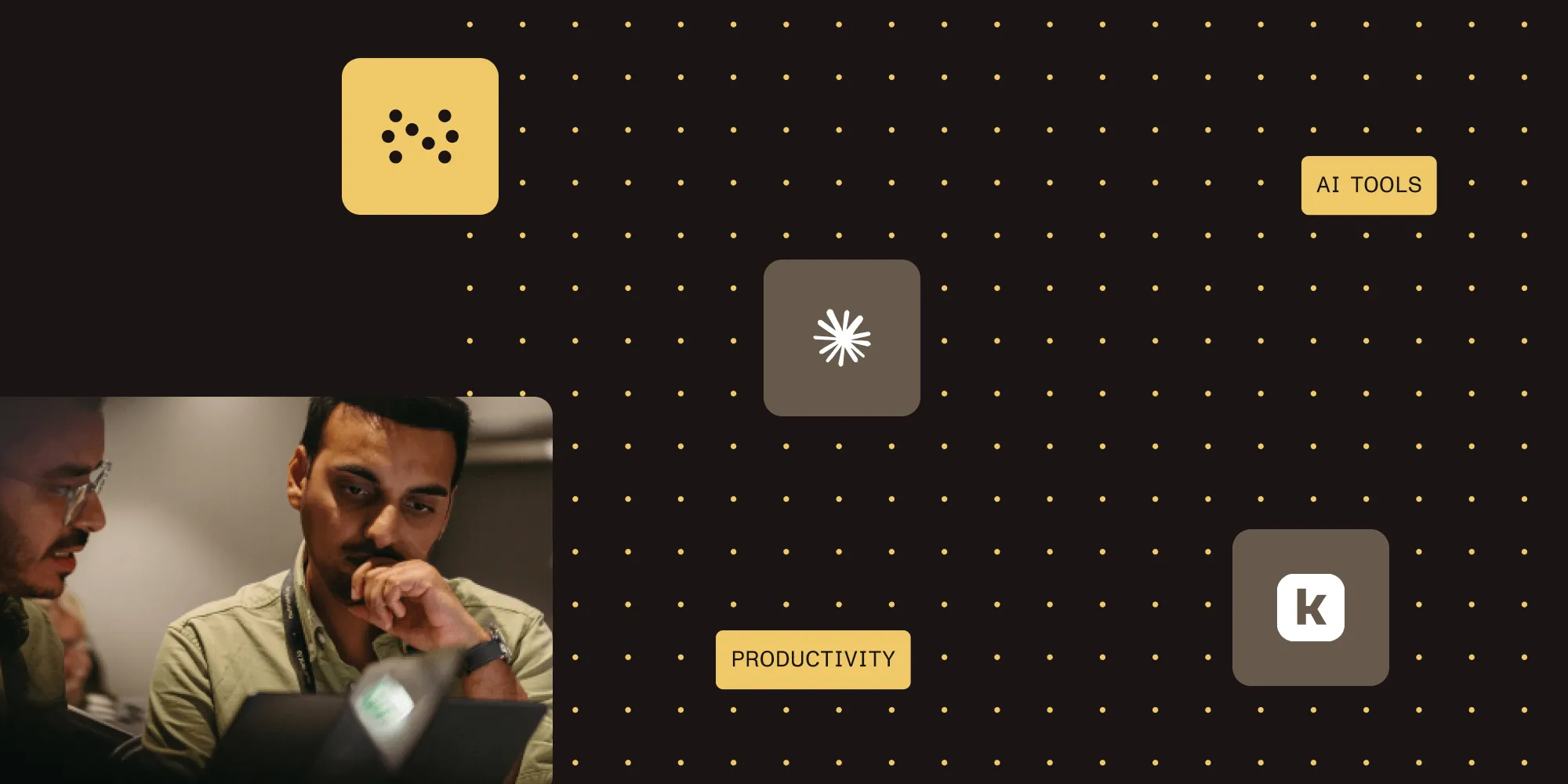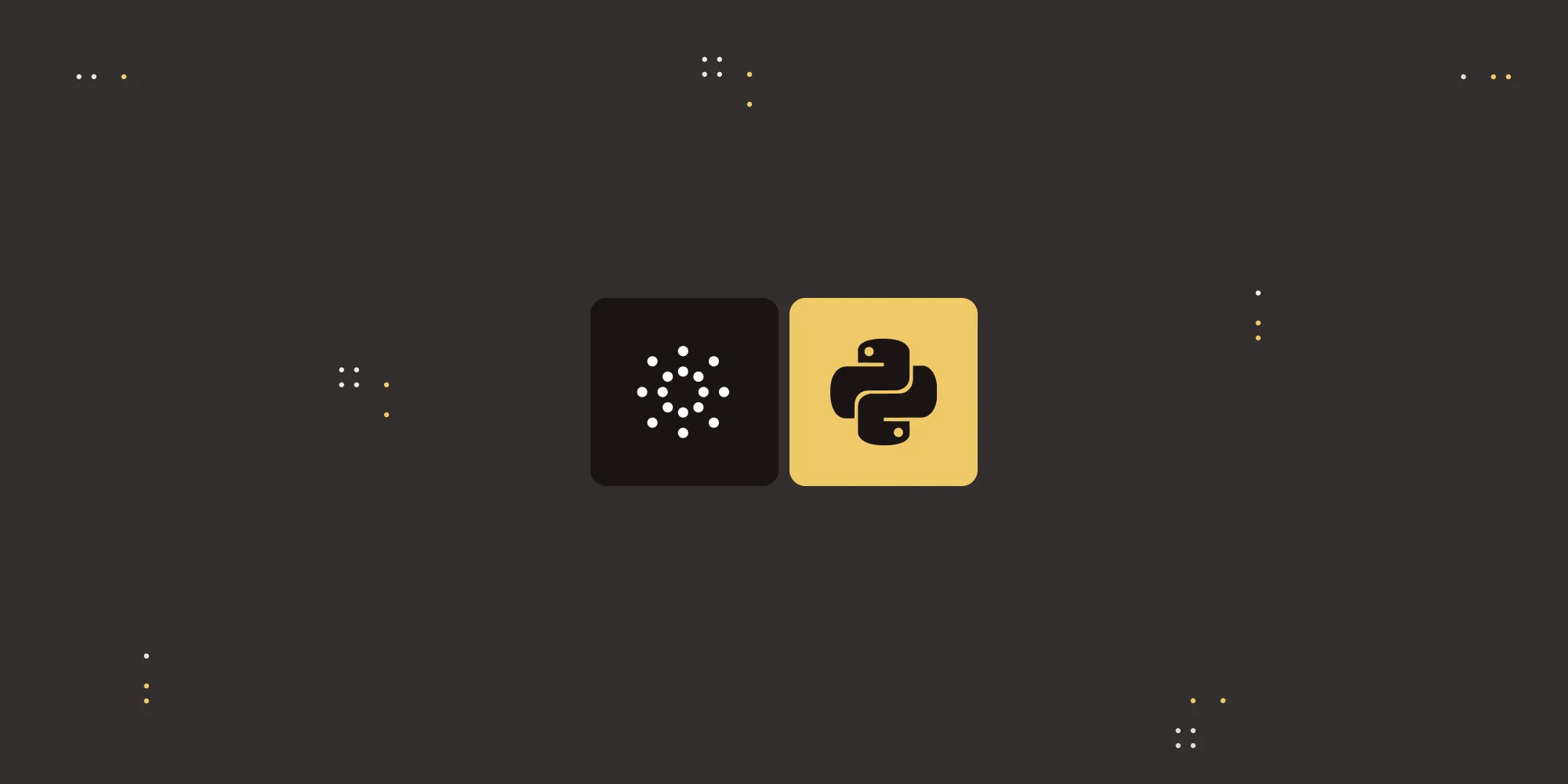My journey with Claude Code: Discovering the future of AI-powered development
Table of contents

My journey with Claude Code revealed a simple but powerful methodology. At a glance, it looks like this:
- Outline clear requirements first — Vague prompts produce vague results; specific context and detailed requirements are essential.
- Plan your architecture — Define complete system design before coding to avoid maintenance problems later.
- Use multiple AI conversations — Separate threads for architecture, security, and testing prevent context confusion.
- Iterate rapidly — Treat AI output as starting points, and then refine through quick feedback cycles.
As a software developer at Nutrient, I’ve spent years building document processing and collaboration tools that help teams work more efficiently. When the AI development landscape began exploding with new possibilities, I took a measured approach — GitHub Copilot’s autocomplete feature was already enhancing my workflow, and I wanted to understand the deeper potential before making my next move.
Quickly integrate powerful document processing and collaboration features into your application. Start experimenting with our Web SDK.
This approach proved invaluable: Rather than jumping between tools, I invested time into understanding what truly differentiated various AI development platforms. The landscape was rich with innovation, but I was looking for something that would fundamentally transform how I approached complex development challenges and not just offer incremental improvements.
That exploration eventually led me to Claude Code, Anthropic’s AI-powered development environment. Unlike simple autocomplete tools, Claude Code can generate complete, working components; help plan architectures; and even act as a “multi-agent” collaborator for security, testing, and documentation.
To see its potential in action, I decided to experiment with building an internal tool for our team: a basic GitHub metrics dashboard. We wanted improved insight into our development workflow patterns: merge times, code review cycles, and contribution patterns. This — an application requiring GitHub API integration, data processing, and visualization components — seemed like a good test case for AI-assisted development.
Identifying transformative AI capabilities
Luckily, at Nutrient, our leadership recognized the potential of AI development tools early, creating the perfect environment for exploration, experimentation, and learning. Seeing this support in action, along with observing seasoned engineers achieve remarkable results — by methodically integrating AI into proven workflows and documenting substantial productivity gains — gave me confidence that AI development was moving from experimental to essential.
This forward-thinking mindset reflects Nutrient’s broader AI strategy: The same innovative approach driving our document processing solutions also positions our development teams at the forefront of AI-assisted engineering.
Mastering AI collaboration
Mastering AI collaboration didn’t happen overnight. What follows is the step-by-step journey I took, with the lessons learned at each stage as I moved from initial experiments to a refined, repeatable methodology.
Phase 1: Foundation building
My initial exploration with the GitHub metrics dashboard revealed the fundamental principle of AI development: The quality of output directly correlates with the quality of input. I provided minimal context — simply asking for “a dashboard to show personal GitHub stats” — and received a basic application with mock data, placeholder charts, and generic styling that looked like it belonged in 2005.
However, the experience was invaluable. Even with vague requirements, Claude Code generated a working React application with GitHub API integration in minutes. The functionality was superficial, but it demonstrated the incredible potential: AI could indeed create functional applications rapidly, but it’s critical to include clear requirements and specific context.
The key insight was immediate: AI tools are amplifiers. They transform your expertise and clarity into accelerated results, making precise communication essential for professional outcomes.
Phase 2: Strategic refinement
The second phase featured significantly improved prompts for the GitHub dashboard. I specified the exact metrics it should track, e.g. “average pull request merge time over 30/90/365 days,” “code review response times,” “contribution patterns with commit frequency analysis,” and “productivity trends with lines-of-code and complexity metrics.”
Results improved dramatically — Claude Code generated a more sophisticated application with proper data processing, multiple chart types, and responsive design. However, I made a critical error: jumping straight to implementation without architectural planning. While individual components worked well, the overall application lacked coherent data flow, had inconsistent state management, and mixed various visualization libraries without strategic purpose, which made it difficult to maintain and extend.
This phase crystallized a crucial understanding: Successful AI development isn’t about prompt engineering — it’s about systematic project design and clear architectural vision before implementation begins.
Phase 3: Methodology breakthrough
The third phase transformed everything. I started with systematic planning for the GitHub dashboard, defining the complete architecture before writing any code.
Technical architecture — I used a TypeScript React application with Redux Toolkit for state management, Chart.js for visualizations, GitHub GraphQL API for efficient data fetching, and comprehensive error handling with exponential backoff retry logic. The AI helped generate optimized GraphQL queries that reduced API calls compared to REST alternatives:
query GetRepositoryMetrics($owner: String!, $repo: String!) { repository(owner: $owner, name: $repo) { pullRequests(first: 100, states: MERGED) { nodes { createdAt mergedAt reviews { totalCount } mergeable additions deletions } } }}The implementation included proper authentication and error handling:
const fetchGitHubData = async (query: string, variables: any) => { try { const response = await fetch("https://api.github.com/graphql", { method: "POST", headers: { Authorization: `Bearer ${process.env.GITHUB_TOKEN}`, "Content-Type": "application/json", }, body: JSON.stringify({ query, variables }), });
if (!response.ok) { throw new Error(`GitHub API error: ${response.status}`); }
return await response.json(); } catch (error) { console.error("Failed to fetch GitHub data:", error); throw error; }};Key features — These included real-time pull request analytics showing merge times, review cycles with reviewer workload balancing, and other useful figures.
Multi-agent implementation — I treated Claude Code as an intelligent collaborative partner, using different AI personalities for distinct aspects: architect, security agent, testing agent, and documentation agent.
The resulting app delivered real-time updates, responsive design, and full testing/documentation far more efficiently than a traditional build.
Practical prompting examples
What works? Specific requirements:
Build a pull request analytics component with:- React TypeScript + Chart.js visualization- Calculate average merge time over 30/90/365 days- Show trend lines with percentage indicators- Handle loading/error states, responsive design- Use GitHub GraphQL API, cache for 1 hourWhat doesn’t work? Vague requests:
"Add charts to show GitHub data""Make the dashboard look better"Multi-agent approach — Instead of one massive conversation, I used separate threads:
- Architecture agent — “You are a senior architect. Review this design for data flow patterns...”
- Security agent — “You are a security specialist. Audit this code for token storage risks...”
- Testing agent — “You are a QA expert. Design comprehensive test coverage...”
This separation prevented context confusion and produced much better results than mixing domains in single conversations.
The methodology that works
After weeks of experimentation, several patterns emerged:
Clear requirements first Define your vision completely before asking AI to code. Structured templates help, because vague requirements produce vague results.
Systematic planning Break complex projects into manageable components using the “API-first” approach: Define data models, API contracts, and component interfaces before implementation. AI excels at focused tasks with clear boundaries and specific objectives.
Multi-agent coordination Use different AI personalities (architect, security, performance, testing) in separate threads to maintain context clarity.
Iterative refinement Treat initial outputs as starting points, not final products. Use the “feedback loop” pattern: implement → test → measure → refine. The magic happens in rapid iteration cycles that would be impractical without AI assistance.
The productivity revolution: Measurable transformation
Once the methodology became clear, the productivity improvements were significant. Complex API integration, data processing, and UI development tasks that typically require extensive manual work were completed much more efficiently.
Human expertise becomes the multiplier. AI development tools don’t replace developer knowledge — they amplify it significantly. The combination of human creativity, domain expertise, and AI capability creates possibilities these things couldn’t achieve independently.
The continuous learning journey became incredibly rewarding. Each week brought new techniques for collaborative AI development, advanced strategies for complex problem decomposition, and refined methods for guiding AI toward optimal architectural solutions. What began as strategic exploration evolved into a fundamental shift in development capability.
Key takeaways
AI tools amplify human expertise and success comes from combining systematic methodology with AI capabilities:
- Plan first — Architect the system before implementation.
- Coordinate intelligently — Use specialized AI personalities for different tasks.
- Iterate rapidly — Treat outputs as starting points for improvement.
- Communicate clearly — Precise requirements drive better results.
Looking ahead: Leading the AI development revolution
My experience with AI-powered development tools represents more than personal productivity gains; it’s part of a significant shift in how we approach software development. The combination of human expertise and AI capability is creating new possibilities for faster innovation and creative problem-solving.
At Nutrient, these methodologies now accelerate development of our document processing features and collaboration tools. The same systematic approach that improved our internal dashboard applies to building document-centric applications and business workflows.
The competitive advantage is clear: Organizations that master AI-assisted development today will define tomorrow’s technological landscape.
This isn’t about replacing human developers — it’s about unlocking human potential to build more sophisticated solutions. The future belongs to those who can harness AI as a creative partner, and that future is already delivering results.
Discover how Nutrient’s AI-driven SDKs and tools can accelerate your own development workflow. Try it and see the productivity gains for yourself.
Conclusion
Ready to experience the power of AI-enhanced document solutions? Discover how Nutrient’s comprehensive SDK and API offerings leverage the same AI-powered development methodologies to deliver enterprise-grade PDF processing, real-time collaboration, and intelligent document automation that integrates seamlessly into your applications — all while maintaining the security and performance standards your users demand.
Frequently asked questions
AI development requires clear communication and systematic planning rather than just technical skills. The key difference is that AI tools amplify your expertise — they transform precise requirements into accelerated implementation. Success depends on your ability to architect solutions and communicate context effectively.
Focus on outcome-based metrics rather than time savings alone:
- Quality improvements — Better test coverage, documentation, and error handling
- Learning acceleration — Faster adoption of new frameworks and patterns
- Iteration speed — Rapid prototyping and refinement cycles
- Comprehensive delivery —Complete solutions including testing and documentation
The main challenges include:
- Over-reliance on prompts — Thinking it’s about “prompt engineering” rather than systematic methodology
- Architectural shortcuts — Jumping to implementation without proper planning
- Context switching — Using single conversations for complex, multi-domain projects
- Unrealistic expectations — Expecting perfect results without iterative refinement
Absolutely. At Nutrient, we use these methodologies for enterprise-grade document processing solutions. The key is combining AI acceleration with proven enterprise practices: proper architecture, comprehensive testing, security compliance, and systematic quality assurance.







